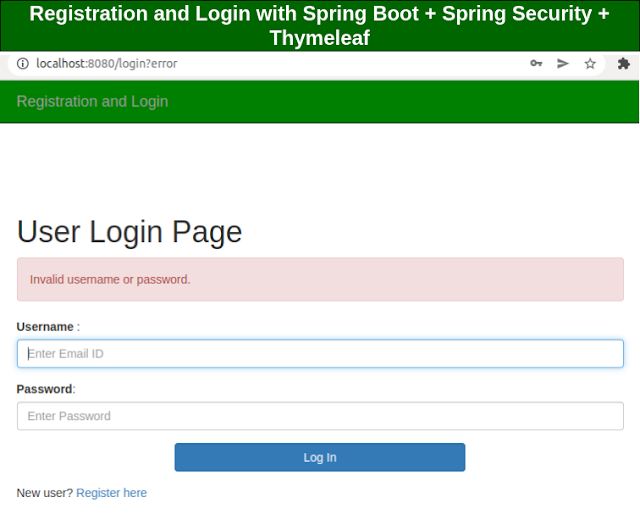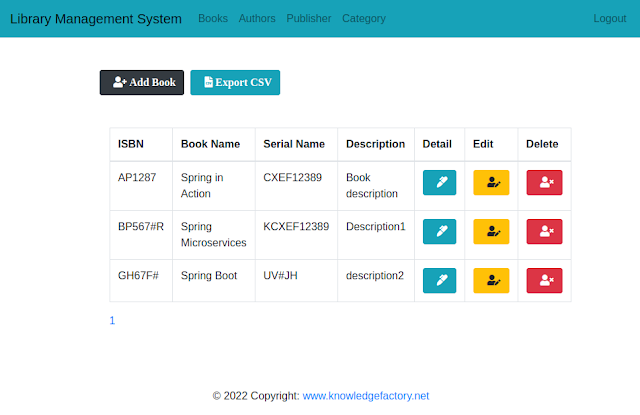Health Monitoring System with Wearable IoT, Azure IoT Hub, Azure ML, Python & Azure Functions
This guide walks you through building a Health Monitoring System using wearable IoT devices, Azure IoT Hub, Azure ML, and Azure Functions. You'll learn how to collect vital signs such as heart rate, temperature, and oxygen levels from IoT devices, send the data to Azure IoT Hub, and leverage Azure ML to predict health risks like heart disease. This end-to-end solution ensures real-time monitoring and alerting for health trends, making it a powerful tool for healthcare and wellness applications.
This Health Monitoring System Architecture diagram shows the flow of health data from wearable IoT devices to Azure IoT Hub, where it is processed using Azure Functions and analyzed with Azure Machine Learning to predict potential health risks. The components involved include:
- User provides health data via the Wearable IoT Device.
- The Health Data Collector sends this data (heart rate, temperature, oxygen levels) to Azure IoT Hub.
- Azure IoT Hub triggers Azure Functions to process the incoming data.
- The Health Data Processor invokes the Health Risk Prediction Model in Azure ML for analysis.
- If a health risk (e.g., heart disease) is detected, the Send Alert function notifies the user about the risk.
This architecture enables real-time monitoring and health risk prediction.
Step 1: Set Up Azure IoT Hub
Create an Azure IoT Hub:
- Go to the Azure Portal.
- Search for "IoT Hub" and click on Create.
- Fill in the required fields:
- Subscription: Choose your subscription.
- Resource Group: Create or select an existing group.
- Region: Choose the region closest to you.
- Click Review + Create, and then Create once validation passes.
Register IoT Devices:
- In the Azure IoT Hub dashboard, go to IoT Devices under Explorers.
- Click Add Device and provide a device ID for your wearable device (e.g., "HealthDevice1").
- Click Save to register the device.
Get the Connection String:
- In the device details page, copy the Primary Connection String. This will be used to authenticate the device to IoT Hub.
Step 2: Set Up Azure ML Workspace
Create an Azure ML Workspace:
- Go to the Azure Portal.
- Search for "Azure Machine Learning" and click Create.
- Fill in the required details like subscription, resource group, region, and workspace name.
- Click Review + Create, then Create.
Create an Experiment for Health Predictions:
- Once the workspace is created, go to the Azure ML studio and create an Experiment under Designer.
- Select a blank canvas to start building the model.
- In this case, you can use historical medical data (if available) to train the model to detect patterns in vital signs.
Step 3: Set Up Azure Functions
Create an Azure Function App:
- In the Azure Portal, search for Function App and click Create.
- Choose the relevant Subscription, Resource Group, and Region.
- For Runtime Stack, select Python.
- Click Review + Create and then Create once validation passes.
Create a New Function to Process IoT Data:
- In the Function App, go to Functions and click Add to create a new function.
- Choose Python for the development environment.
- Select IoT Hub Trigger template.
- Set the function trigger to listen for messages from the Azure IoT Hub.
- Add the IoT Hub connection string (from Step 1) to the function’s settings.
- Write the Python code to handle incoming messages from IoT devices and process the health data (e.g., heart rate, temperature, oxygen levels).
Write Code to Predict Health Risks Using Azure ML:
- In the same function, use the Azure ML SDK to call the trained model and make predictions based on incoming data.
- If the prediction indicates a potential health risk, trigger an action (like sending an alert).
Step 4: Configure Wearable IoT Device to Send Data to Azure IoT Hub
Set Up the Device:
- Use a Raspberry Pi or any other wearable device that can measure vital signs.
- For the Python script running on the device, install the necessary libraries:
Connect the Device to Azure IoT Hub:
- Use the connection string from Step 1 to send data to IoT Hub from the wearable device.
Deploy the Code to the Device:
- Deploy the code to your wearable device and ensure that it's sending vital sign data (heart rate, temperature, oxygen level) to Azure IoT Hub.
Step 5: Set Up Data Storage (Optional)
Store Data in Azure Blob Storage (Optional):
- You can store incoming health data in Azure Blob Storage for historical analysis or auditing purposes.
- In the Azure Function, add code to store the data in Blob Storage:
Step 6: Monitor Health Risks
- Use Azure Monitoring and Alerts:
- Set up Azure Monitoring to track the status of your IoT devices and health risk predictions.
- Create alerts to notify healthcare providers or users when a potential health issue is detected (e.g., when the model predicts heart disease risk).
Step 7: Review and Test the System
Test the Device and Azure IoT Integration:
- Ensure that the wearable device is sending data to the IoT Hub and triggering the Azure Function.
- Test the health prediction functionality by simulating different vital sign readings.
Refine and Train the Model:
- Use real data (if available) to retrain the machine learning model in Azure ML for better accuracy over time.









